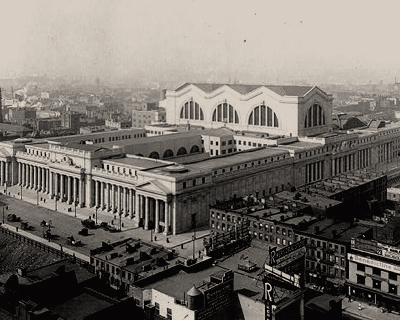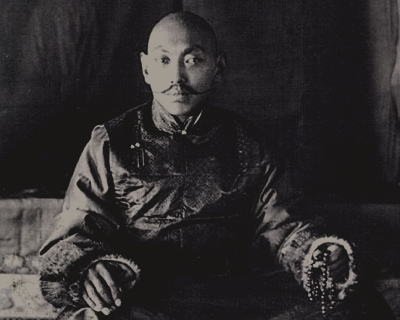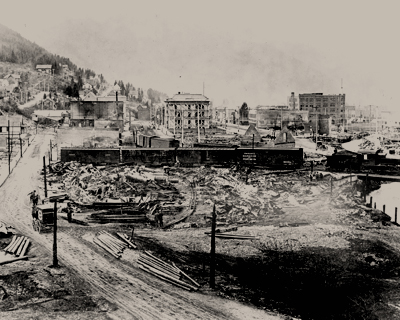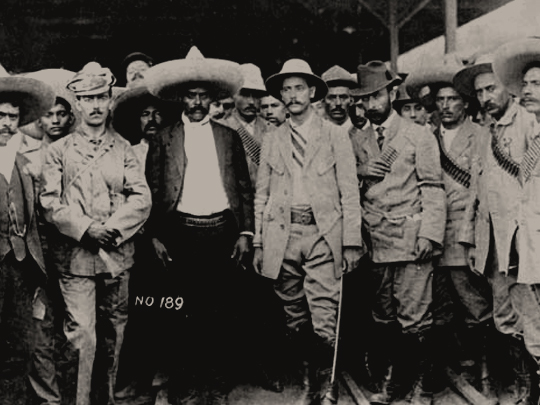Wikimedia Commons / CC-BY-SA-3.0 / GFDL
1 – Revolution broke out in Mexico
The Mexican Revolution, which began on November 20, 1910, and continued for a decade, is recognized as the first major political, social, and cultural revolution of the 20th century.
Its main purpose was to establish a democratic republic and to abolish unlimited presidential terms.
In late 1910, Francisco I. Madero, in exile for his political activism, drafted the Plan of San Luis Potosí, which was widely distributed and embraced by rebel movements across the nation.
He called for an uprising to restore the Constitution of 1857 and replace dictator Porfirio Díaz, in power since 1877, with a provisional government.
By early 1911, a large armed struggle was underway in the northern state of Chihuahua led by local merchant Pascual Orozco and Francisco ‘Pancho’ Villa.
The success of the northern troops sparked uprisings across the country. What ensued was a long and bloody struggle among several factions in constantly shifting alliances.
Many historians regard 1920 as the end of the revolution, but sporadic clashes between federal troops and rebel forces continued until president Lázaro Cárdenas took office in 1934.
He institutionalized the reforms that were fought for during the revolution and legitimized them in the constitution of 1917.
The United States was significantly affected by the human dislocation that resulted. For someone who did not want to fight, the only alternative was to leave the country.
Over 890,000 Mexicans did just that by legally emigrating during the 1910s. Between 1 and 2 million Mexicans died in the struggle.
2 – Penn Station Opens as World’s Largest Railway Terminal

On Nov. 27, 1910, Pennsylvania Station opened in New York City, with trains entering Manhattan for the first time by way of tunnels under the Hudson River.
Before this, only one railroad, William H. Vanderbilt’s Central Railroad, traveled into Manhattan, dropping off passengers at Grand Central Terminal.
The Pennsylvania Railroad and ten other railroads were forced to discharge their many thousands of passengers on the New Jersey shore, where fleets of ferries transported them across the Hudson River.
The original Pennsylvania Station head house and train shed were considered a masterpiece of the Beaux-Arts style and one of the architectural jewels of New York City.
These above-ground portions of the station were demolished in 1963. This is often cited as a catalyst for the architectural preservation movement in the United States.
3 – Dalai Lama Flees Tibet

In the 1900s, Thubten Gyatso, the 13th Dalai Lama, mounted a campaign to strengthen his international ties and free his kingdom from Chinese rule.
In September 1908, the Dalai Lama was granted an audience with the Guangxu Emperor and Empress Dowager Cixi.
The emperor tried to stress Tibet’s subservient role, although the Dalai Lama refused to kowtow to him.
When he returned to Tibet in December 1908, he began reorganizing the government, but the Qing sent a military expedition of its own to Tibet in 1910.
In the wake of the invasion, the Dalai Lama, Tibet’s Spiritual and temporal leader, and nearly 100,000 Tibetans fled into exile in India.
In 1911 the Qing dynasty was overthrown in the Xinhai Revolution and by the end of 1912, the last Qing troops had been escorted out of Tibet.
He declared independence from China on 13 February 1913, after returning from India following three years of exile.
4 – The Great Idaho Fire

The Great Fire of 1910 was a wildfire that burned about three million acres in northeast Washington, northern Idaho (the panhandle), and western Montana, where several small towns were completely destroyed.
The firestorm burned over two days (August 20–21, 1910), and killed 87 people, mostly firefighters.
It is believed to be the largest, although not the deadliest, forest fire in U.S. history.
The fire cemented the place of, and shaped, the U.S. Forest Service, which had been a newly established department on the verge of cancellation.
